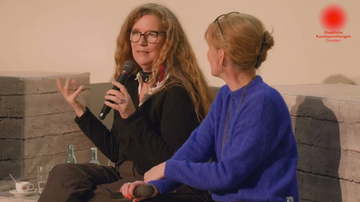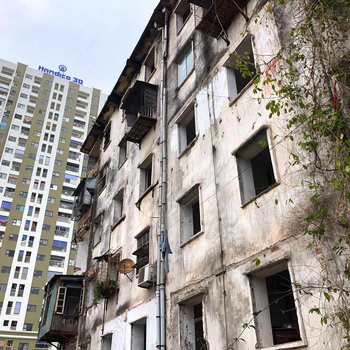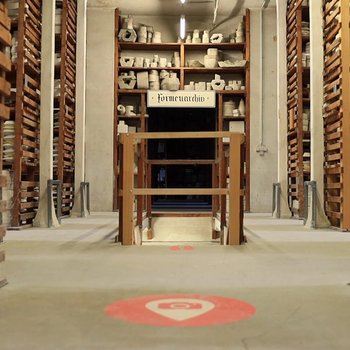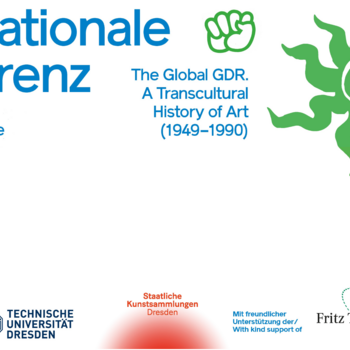
REBELLINNEN – FOTOGRAFIE. UNDERGROUND. DDR. - Synposis
Tina Bara, Cornelia Schleime und Gabriele Stötzer sind Rebellinnen. Als junge Frauen in den 1970ern und 80ern in der DDR sind die Drei voller Sturm und Drang und ohne Furcht. Sie wollen frei sein – und weil das nicht geht, zumindest die Kunst machen, die ausdrückt, was sie fühlen. Ihre Bilder erzählen auf berührende Art und Weise von ihrem Ausgeliefert-Sein in einem System, das viele junge kreative Menschen unterdrückt. Als der Konflikt mit der Staatssicherheit eskaliert, müssen sie sich entscheiden: Bleiben oder gehen. Der Film von Pamela Meyer-Arndt gibt einen neuen Blick frei auf die Kunst und das Leben dieser drei faszinierenden Frauen. (Quelle: https://salzgeber.de/rebellinnen)

Auch interessant:
Die Vernichtung von Vinh City durch die US-Bombenangriffe bot die Gelegenheit zur experimentellen Planung und Umwandlung der kleinen Industriestadt in eine sozialistische Modellstadt. Die ehrgeizige Aufgabe der DDR, der allumfassende Wiederaufbau, bestand in der gemeinsamen Arbeit an der Erstellung eines Masterplans und dessen Umsetzung in die Realität. Christina Schwenkel über den Quang Trung Wohnkomplex.

In #2 des MeissenLabs beschäftigen uns Betriebskultur und Produktion der Meissener Manufaktur in der Zeit der DDR. Tradition wird großgeschrieben, sodass manche Meißener Familien ihre Beschäftigung an der „Manu“ bis ins 18. Jahrhundert zurückverfolgen können.

Mit dem Projekt „Kontrapunkte“ unternehmen die SKD einen Blick auf die internationale Geschichte des DDR-Kulturbetriebs. Dabei geht es um die eigene Sammlungsgeschichte, um Austausch und Vernetzung, vor allem aber um eine Korrektur des Narrativs, das diese Geschichte als die eines provinziellen Betriebs erzählt, der isoliert und jenseits der Moderne stattfindet. Die Professur für Bildwissenschaft im globalen Kontext von der TU Dresden hat im Juni mit dem Albertinum und der Kustodie der TU eine Tagung zu den Beziehungen des DDR-Kulturbetriebs in den globalen Süden veranstaltet.
